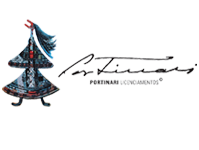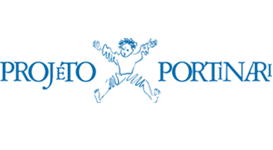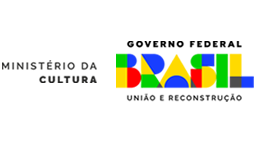General Info
Her artistic inclination inherited from her parents; childhood in Quintino; baptism into the Umbanda rite; dancing studies at the Teatro Municipal; Maria Olenewa; Isadora Duncan; her mother's poetry; gives up classical ballet and takes up dancing Brazilian and African rhythms; Alfredo Sant'Anna; her mother encourages her to pursue a career as a ballet dancer; trips abroad; resemblance to her mother; fluency in English and French; her performance at Arquivos Internacionais de Dança, in Paris; Jayme de Barros; pianist Rubem Braga's assistance; ballet studio at Rua São José, in Rio; meeting Portinari at Casa Cavalier; Volusia appointed by Capanema to teach choreography at the Ministério da Educação e Saúde/MES; her depression following her mother's death; the poor facilities of the Teatro Ginástico ballet school; operetta "Minas de Prata"; her style spawns imitations; Francisco Mignone; Radamés Gnatalli and the"Candomblé" ballet ; classical school provides the basis for variations in choreography ; the parallel between her dance and Portinari's painting; her book "Eu e a dança" published in 1983; photos for "Life" magazine; Cassino Copacabana; the costumes designed by Oswaldo Teixeira and made by Mary Angélica and Matheus Fernandes; Marina Monclair's ballet group pays homage to Volusia; photographs taken of her while dancing on the beach; Volusia's dance inspires her mother's poems; drawings by Augusto Rodrigues and Dias Correa inspired by Volusia's dances; meeting Serge Lifar; Nélson Rodrigues; lack of interest for politics; friendship with Carlos Drummond de Andrade; Jorge Amado; Josué Montello's criticism in "Manchete" magazine; Assis Chateaubriand; Villa-Lobos; praises to Portinari's art.
























































